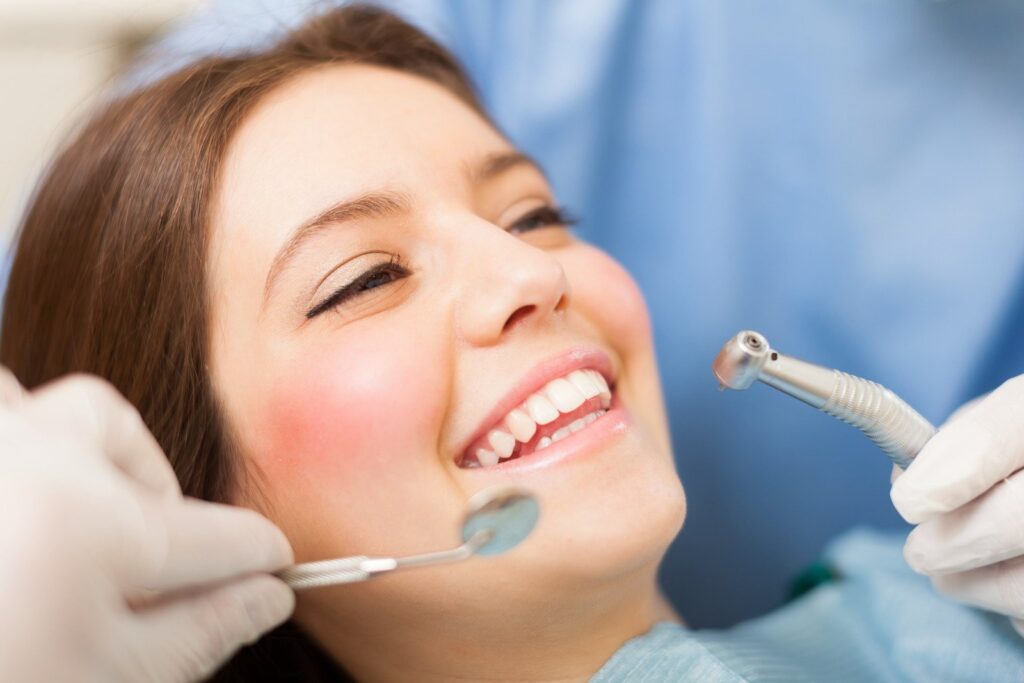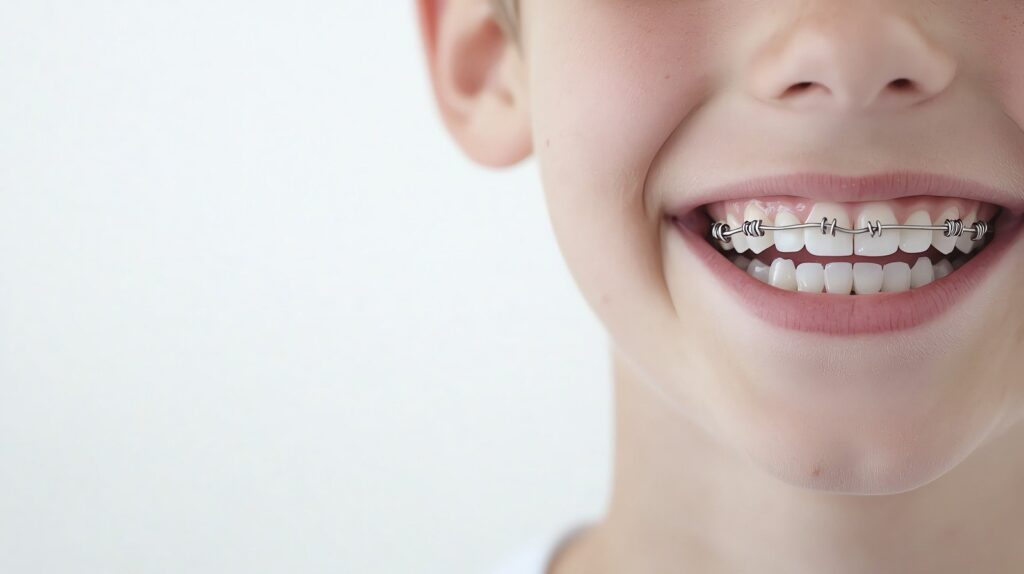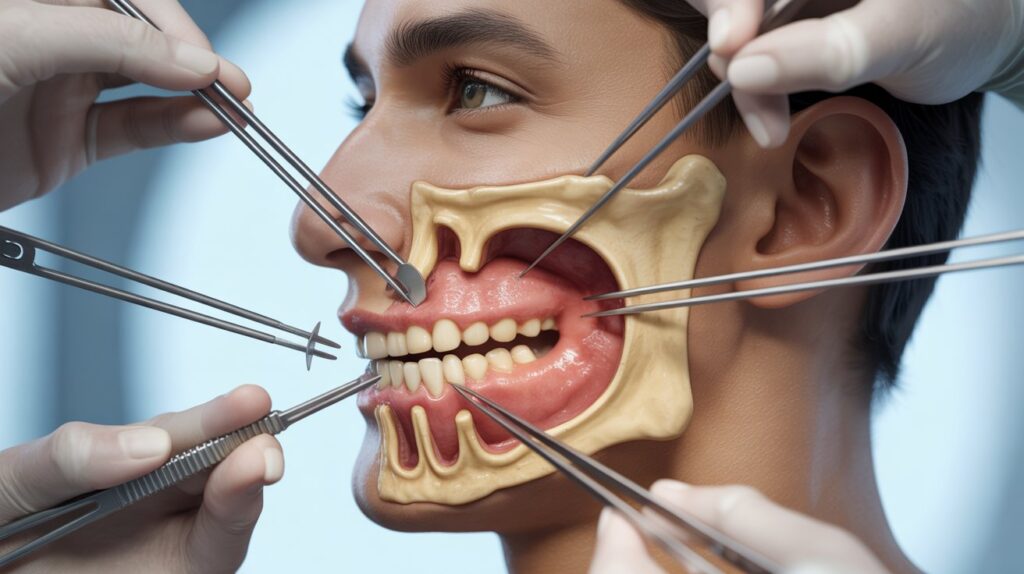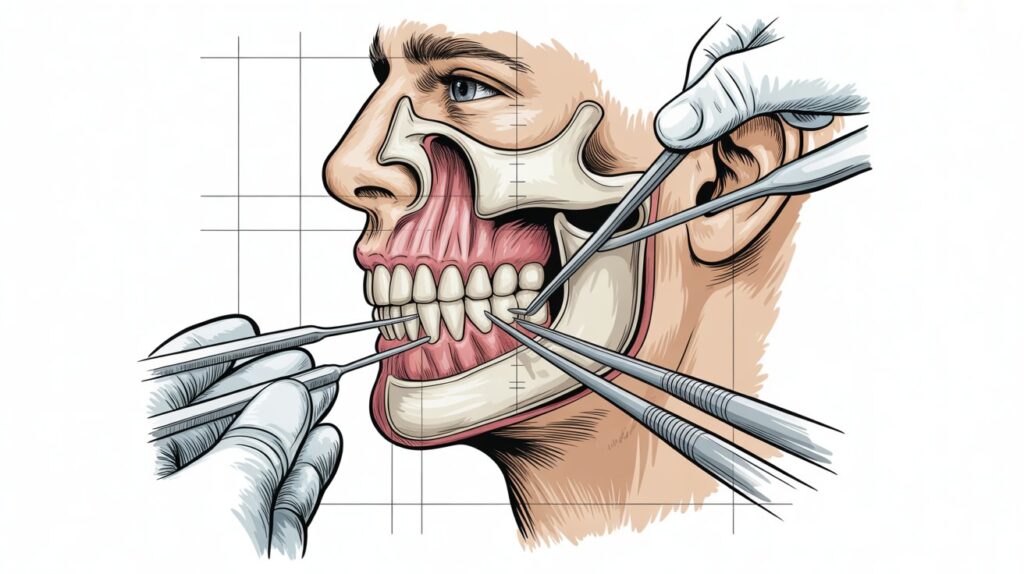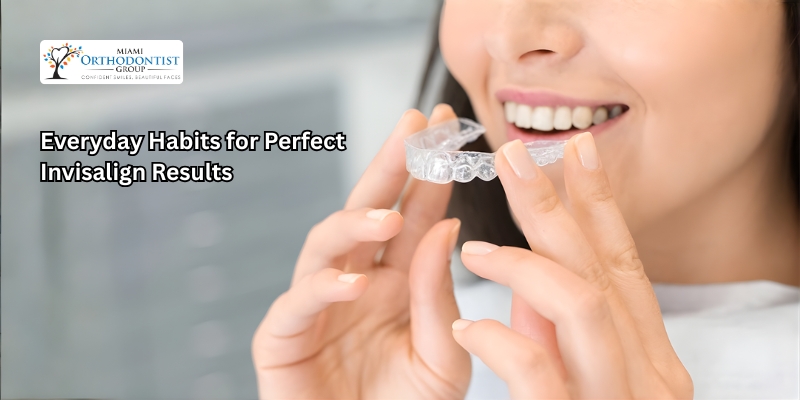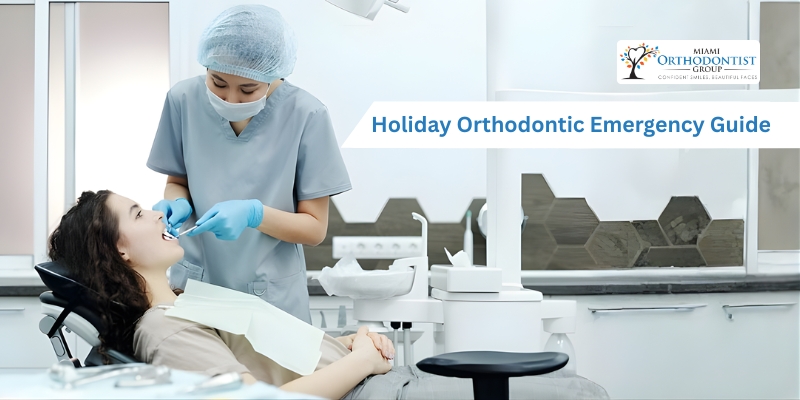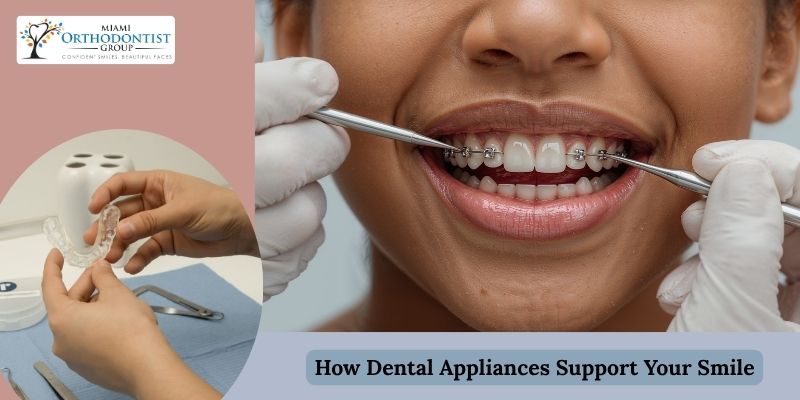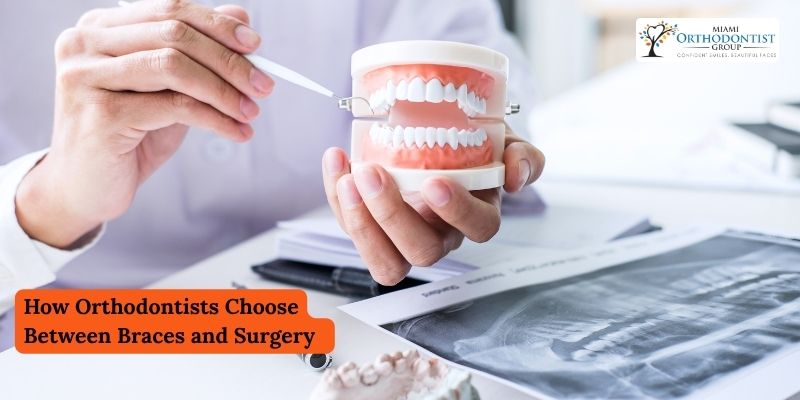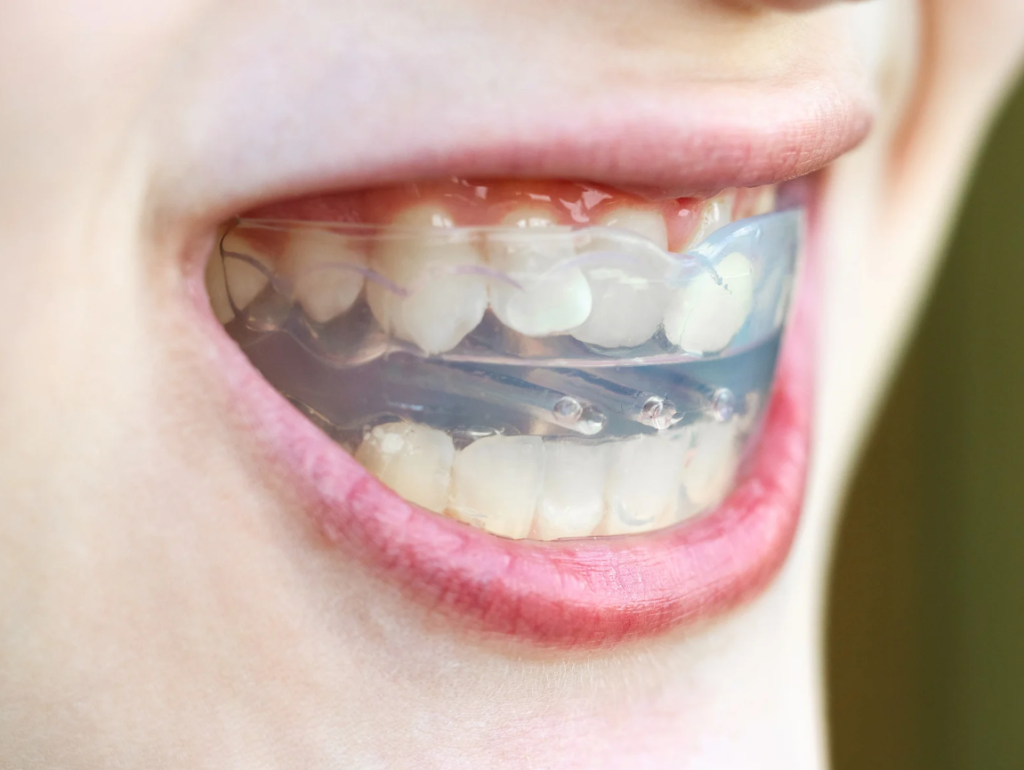
How Advanced Technology is Changing Orthodontics in Miami?
Orthodontics in Miami has evolved into a more modern, effective practice thanks to advanced technology. With today’s technology, treatments are faster, more accurate, and far more comfortable for patients. If you’re thinking about Invisalign Miami or braces in Miami, you’ll…


